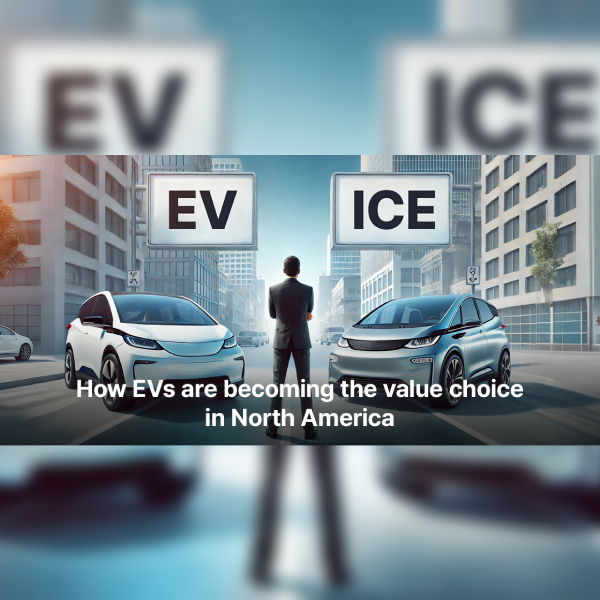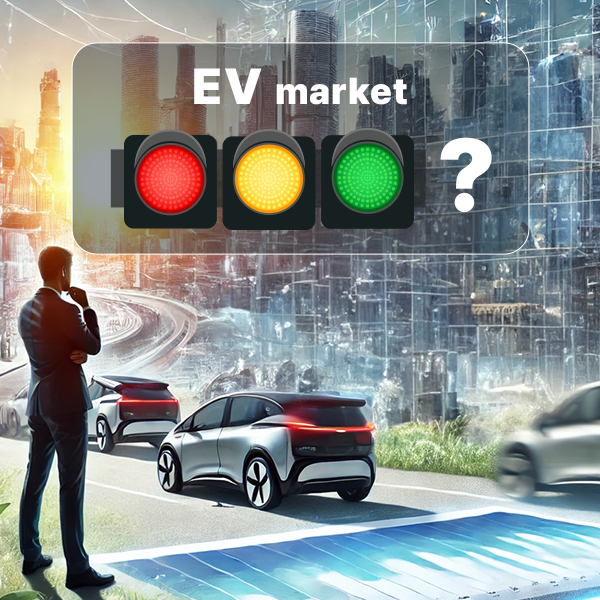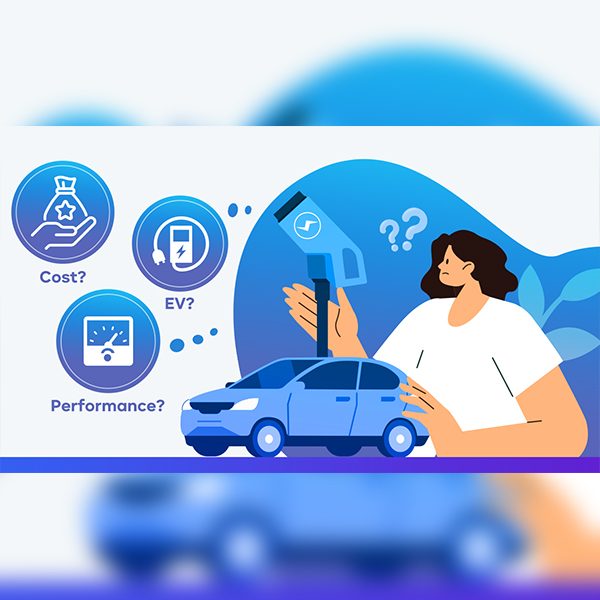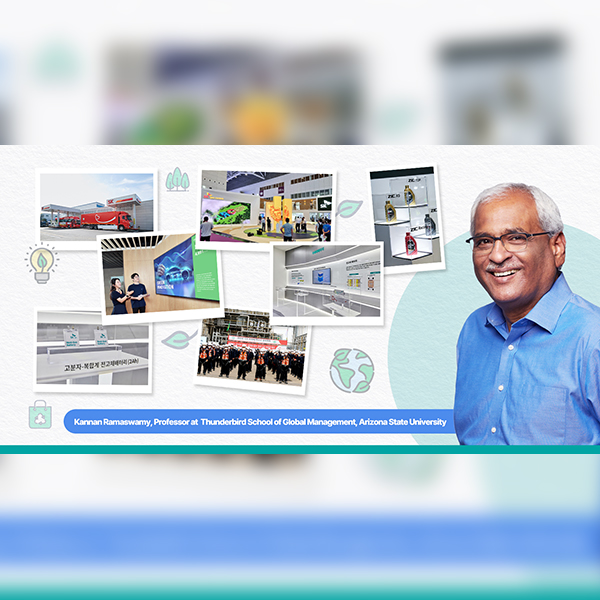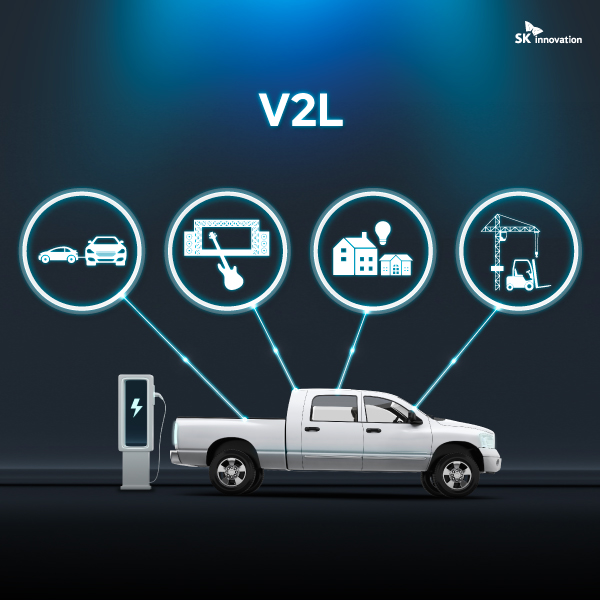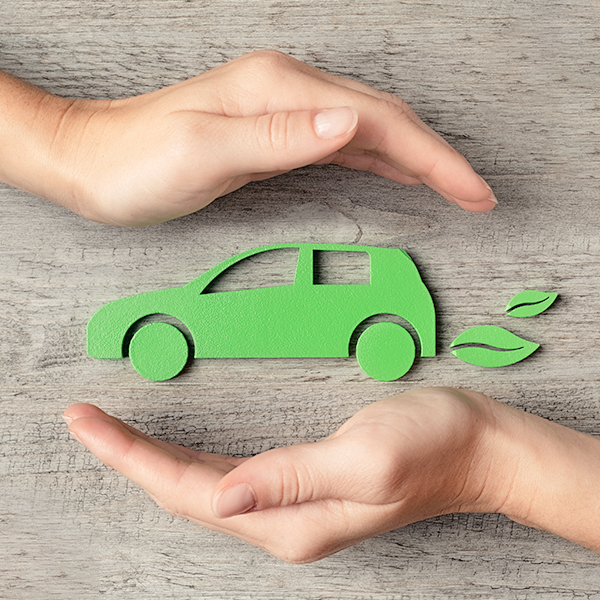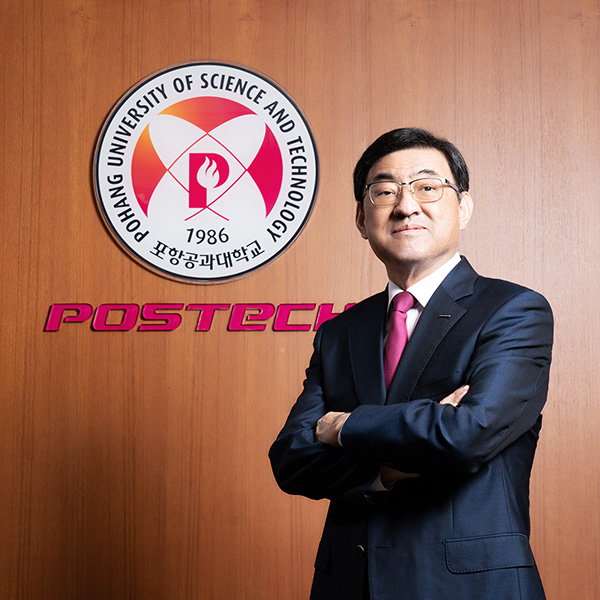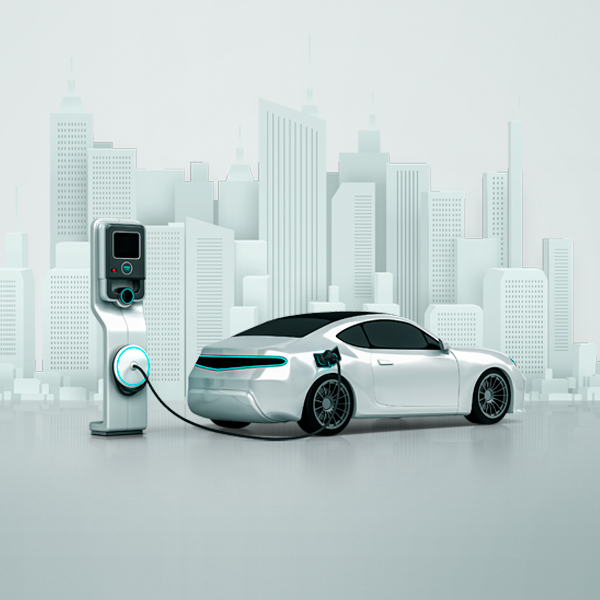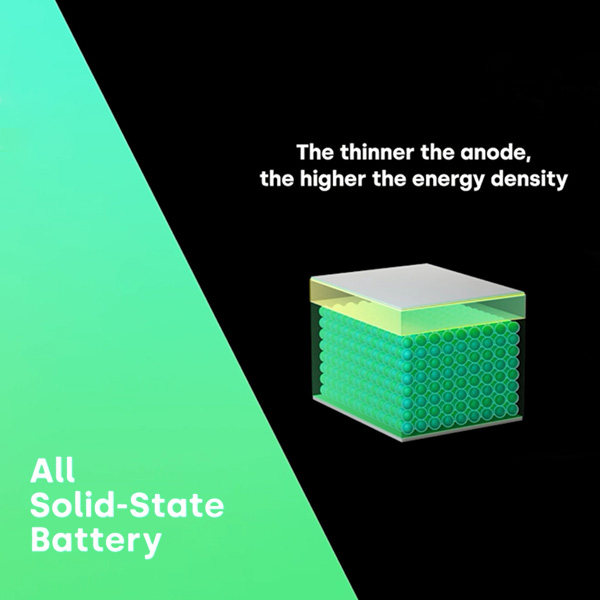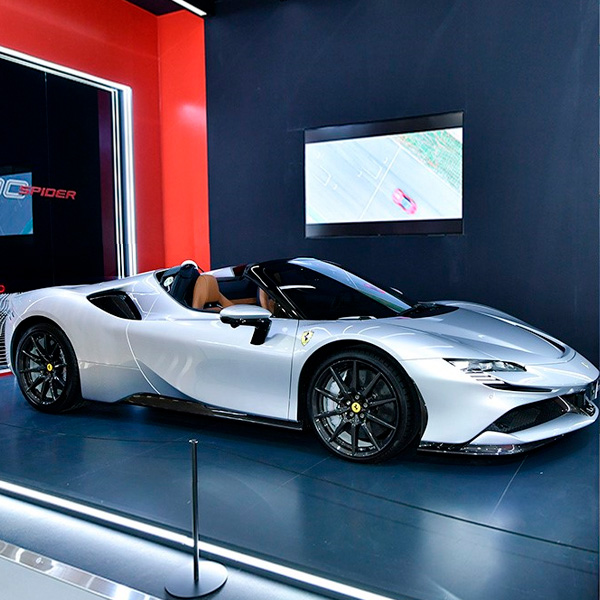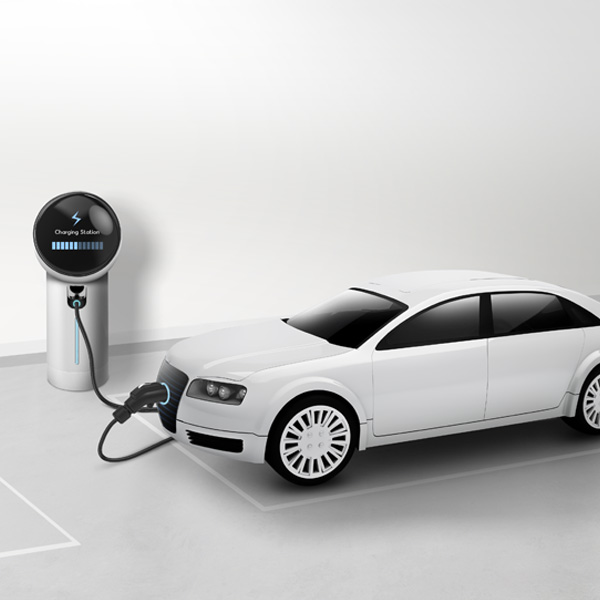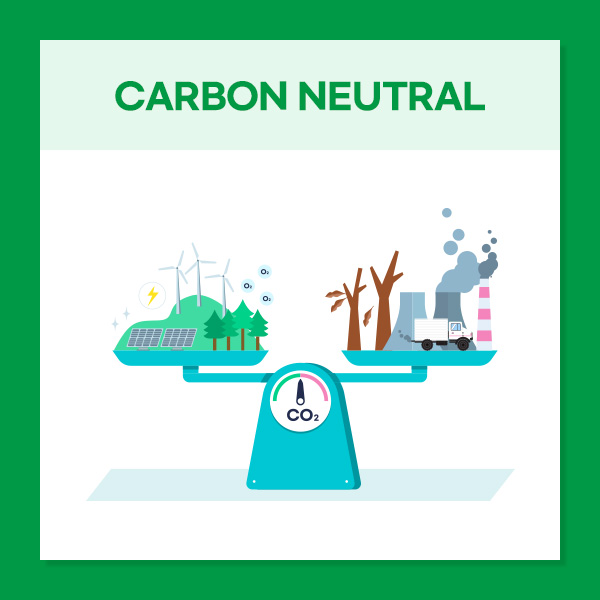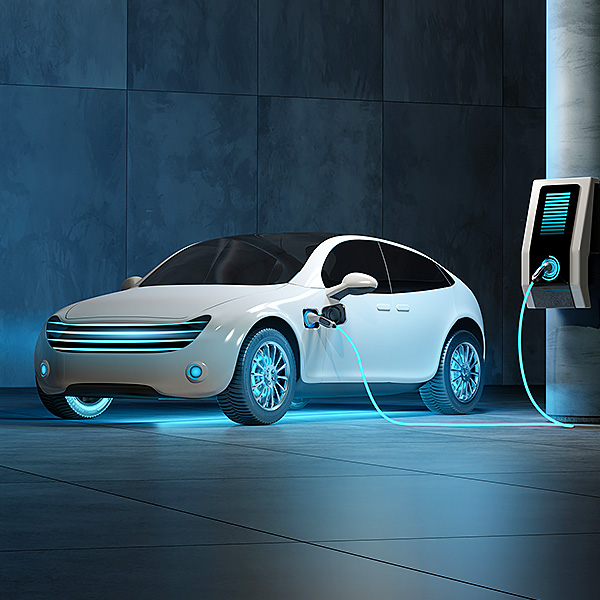 Expert Voices
Expert Voices
If you own an electric vehicle (EV), you would know that there are essentially 3 questions that make up 90% of the questions are asked about EVs:
1) How much does it cost?
2) What is the driving range?
3) How long does it take to charge?
This isn’t just my experience or from anecdotal stories either, we confirmed these as key issues in Vision Mobility’s Annual Global Mobility Study that we complete annually with LEK Consulting and CuriosityCX.

▲ Top 3 concerns around ownership of electric vehicles by country ‘2020 vs 2021’ (Source: Sixth Annual Mobility Study 2021 by Vision Mobility, CuriosityCX and LEK Consulting)
While the reality is that both charging and range questions don’t have simple answers – they vary with weather, driving style, driving speed, charger type, vehicle type and other factors, the simple fact is that these are key factor in the decision for a customer to go electric.
Tesla realized this important consumer expectation early on, and that for EVs to be successful, they must have reliable and fast charging infrastructure readily available that lets owners use their EVs just as they would a gas car. Not only that, they understood that it was important to quote charge times that would put a prospective buyer’s mind at ease.
Although the reality is that few people do regular trips above 200 miles and most EV owners charge at home, the majority of people do at least one longer trip per year. It’s well known that customers think most about the time that they were inconvenienced, and not so much about when things worked smoothly. That is to say, in today’s world a frictionless experience at all times is a minimum expectation.
To summarize the situation, although it’s not regularly used, seamless fast charging is a customer expectation of any new EV, and this expectation is why further developments of fast charging is so important.
Tesla realized that this dynamic also requires the vehicle to reliably accept fast charging and designed the battery with innovative hardware and software features to ensure little negative impact from charging at up to 250kW. Other new models, like the Hyundai Ioniq 5 and Kia EV6, which are equipped with SK Innovation’s new generation NCM batteries, have taken this further and can charge from 10% to 80% in just 18 minutes with a 350kW charger.
As well as the wide spread availability of Direct Current Fast Charging (DCFC) infrastructure, optimizing the vehicle and battery for fast charging is essential. Failure to do this can result in severe battery degradation and very high battery replacement costs – another key area of concern for customers.
The three factors that we see as most critical for OEMs and battery manufacturers to focus on are:
1) Cell design and chemical construction
Battery designers need to balance several key performance indicators with cell development, including charging speed, longevity, energy density, safety, cost and ease of manufacture. Traditionally, high power charging, has been known to shorten battery longevity through a process known as ‘plating’. When lithium ions experience charging at speeds they cannot tolerate they can plate on the exterior of the anode instead of inserting themselves properly into the graphite core, ultimately causing battery failure.
Designers have been challenged with advancing technology to reduce plating and ensuring chemical stability during high power charging sessions, while not compromising other performance criteria.
2) Battery pack hardware
Hardware must be designed to facilitate speedy cooling and heating to ensure that the cells are always at the appropriate temperature to perform optimally.
More recently, battery packs have moved from air cooling systems to liquid cooling, allowing for far more rapid heat dissipation or warming. When well designed, this capability is key to ensuring that the battery retains high cycle life, low degradation and dramatically reduces the risk of thermal runaway which ultimately results in fires.
3) Battery management system software
BMS software must be designed to optimize the battery for fast charging. While it’s one thing to have the appropriate hardware in place, matching the battery cells and pack design with appropriate control software is fundamental to ensuring long life and high levels of safety. The system must know when and what steps to take to pre-condition the battery before charging, keep the battery cool during charging and optimizing the system for ambient temperature.
Carefully programmed software allows for complete control of the vehicle at all times, allowing the early identification of potential issues, and speedy corrective action to ensure that any potential problem is addressed.
A leading innovation that is revolutionizing the automotive industry is Over the Air software updates, similar to that which your phone or laptop regularly receives. As new software improvements are developed, updates allow for further optimization of the battery to extend the performance, operating cycle life and improve safety buffers.
As EV use cases continue to expand and new product rolled out, the focus on ensuring battery optimization with fast charging will only expand. One particular area is towing with large pickups. Towing typically results in energy usage two to three times higher than normal, resulting in the need for much more frequent stops to charge. Therefore, batteries must be able to cope with such high power and charging demands at more regular intervals. This is a key factor that the new Ford F150 Lightning, which uses SK Innovation battery cells, is being designed to tackle. One of the features includes a ‘Haul’ mode, which optimizes the entire electric drivetrain (including the battery) to best cope with these conditions.
Another area of opportunity is EV ownership for “Garage orphans” – i.e. those who don’t have convenient access to a charger at home. Regular fast charging allows such customers to operate the vehicle closer to how they would a gas vehicle, which means more convenience and less waiting when charging. New battery technologies ensure as little impact to battery life as possible with regular fast charging, helping to democratize EV ownership.
The real take away from these observations is that fast charging remains essential to EV ownership, and that further development will only improve market penetration through opening up new use cases. It’s a key area that SK Innovation continues to work closely with OEMs to ensure long battery life and above all, extreme safety; an area where they have an outstanding record.
These new developments will further break down any misconceptions towards EVs, allowing for a faster move away from IC, thus creating cleaner air and dramatically reducing planet warming CO2 emissions. This is something we can all get behind.










 Youtube
Youtube Facebook
Facebook Instagram
Instagram Linkedin
Linkedin








